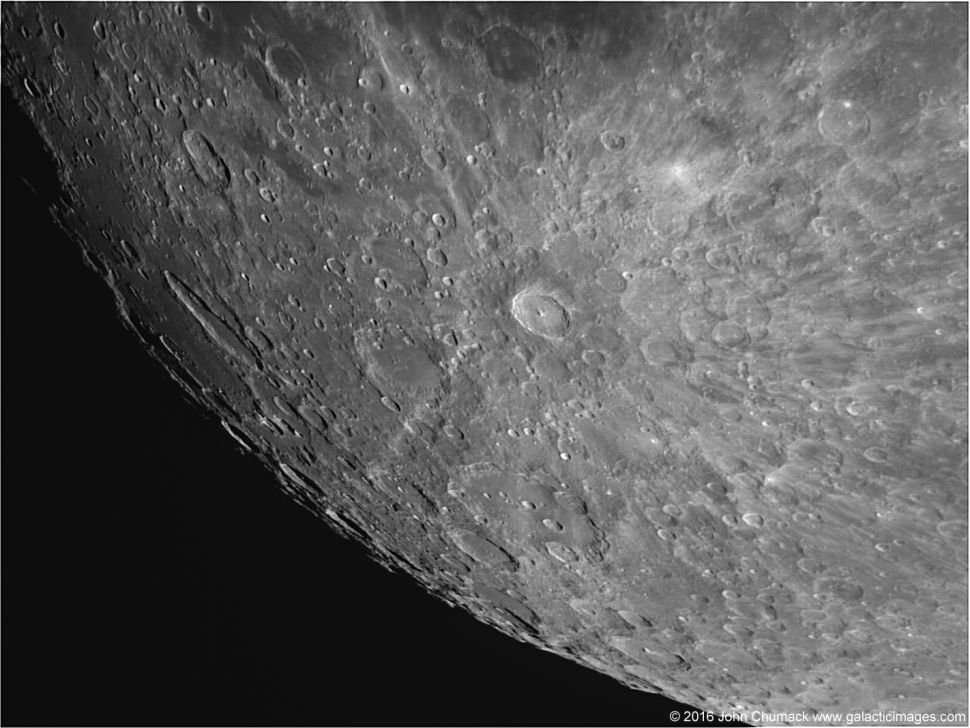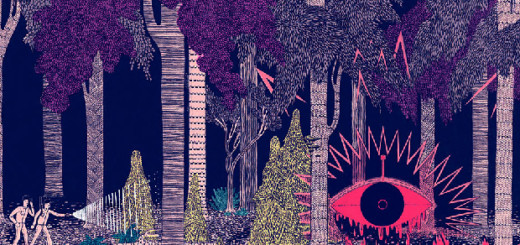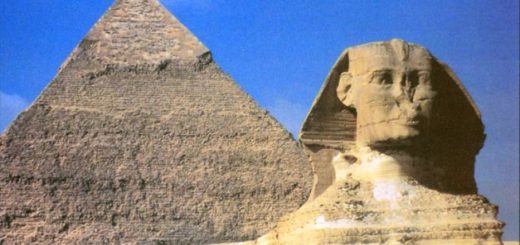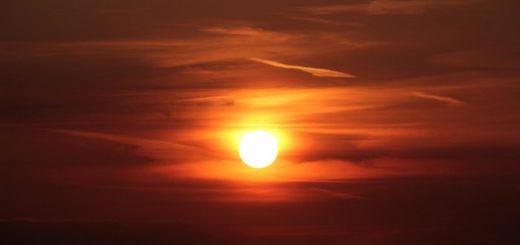In the light of the Super Pink Moon, look for the radiant Tycho crater

If you look up at the Super Pink Moon this Monday (April 26), don’t expect to see anything rosy — this full moon is named after a flower, the wild ground phlox, which proliferates during April and has a distinctive pinkish coloration. But with binoculars, you may be able to spot a magnificent lunar feature.
While most amateur and professional astronomers detest a full moon because its dazzling light blots out all but the brightest stars, the lunar disk appears flat and one-dimensional, and its topography is hard to distinguish, there is one feature that appears at its best during a full moon: Tycho, a crater named after Tycho Brahe, a 16th-century Danish nobleman, astronomer and writer known for his accurate and comprehensive astronomical observations.
Tycho is a spectacular target, thanks primarily to its magnificent system of rays that emanate in all directions, in some cases for more than a thousand miles.
Related: The moon has way (way) more craters than we thought
Click here for more Space.com videos…
To some, Tycho looks like a sunflower on the moon. Others see something else. “Tycho and its amazing rays give the full moon the general appearance of a peeled orange, the crater marking the point where the sections meet,” Ernest H. Cherrington Jr. wrote in his book “Exploring the Moon Through Binoculars” (McGraw Hill Publishing, 1969).
Tycho’s topography
At 53 miles (85 kilometers) in diameter, Tycho is a fairly large crater. Yet it can be completely overlooked when it’s positioned near the lunar terminator — the line separating day and night on the moon — because of the abundance of other craters on this part of the moon, some of which are even larger.
But from a few days before to a few days after the full moon, there is no way you can miss Tycho. Indeed, at full phase, the crater appears most dazzling — so bright that no details within it can readily be seen. And around its periphery, there appears to be a gray ring, or collar, from where its bright rays radiate in all directions.
In terms of lunar topography, the walls of Tycho rise more than 12,000 feet (3,660 meters) above the lunar surface and contain peaks 5,000 feet (1,500 m) higher. Near the center of the crater lies a central mountain, some 5,200 feet (1,600 m) tall. On the crater’s northwest flank is a smaller mountain and, between the two, a short cleft.
Check out these mountains, as well as many of the other features of Tycho, in this incredible 3D video composed of images taken by the Japan Aerospace Exploration Agency’s Kaguya (Selene) Terrain Camera.
New kid on the lunar block
The moon is approximately 3.9 billion years old, but Tycho is a relatively “new” feature. Based on analysis of samples from one of the crater rays recovered during the Apollo 17 mission at Mare Serenitatis in December 1972, scientists think Tycho is “only” about 108 million years old.
Around that time, a meteoroid — a projectile from space likely measuring 5 or 6 miles (8 to 10 km) across — crashed into the rock of the moon, seemingly at a relatively low angle. The intense heat of impact vaporized that rock as it rose high above the lunar surface. Then, it quickly condensed into a liquidy substance, forming spherical shapes and freezing almost immediately — not into crystalline material but into baubles of glass, which were collected and brought back to Earth by the last crewed lunar mission.
Indeed, yet another subjective impression one might get by gazing at Tycho is its resemblance to a pane of shattered glass surrounding a bullet hole.
Astronomers using NASA’s Hubble Space Telescope took this photo of the moon’s Tycho Crater in January 2012 to help prepare for the transit of Venus across the sun’s face on June 5-6. of that year. Hubble observed the transit, using the moon as a mirror.
Astronomers using NASA’s Hubble Space Telescope took this photo of the moon’s Tycho Crater in January 2012. (Image credit: NASA/ESA/D. Ehrenreich/IPAG/CNRS/Université Joseph Fourier)
How to spot Tycho
A full moon can be blindingly bright; glare dazzles the eye and can make you squint too much to perceive any real detail. And after just a minute or two of gazing through the eyepiece, you may need to turn away to relax your eyes. Therefore, you can get the best views of a full moon through a small telescope at low power (25x to 40x) or good binoculars.
You can easily spot Tycho through handheld 7-power binoculars by looking about one-third of the way up from the center of the lunar disk.
Historically, some astronomers have claimed that Tycho is even visible to the naked eye at the full moon. If you think you have better-than-average eyesight, you might want to try.
As exciting as it is to gaze at Tycho around the time of the full moon, next month’s full moon, on May 26, will offer even more excitement, with the occurrence of the first total lunar eclipse in nearly two and a half years.
Space.com will have much more to say about that event next month, so stay tuned!



 Creators of mankind
Creators of mankind Description of “Tall white aliens”
Description of “Tall white aliens” Where they came from?
Where they came from? About hostile civilizations
About hostile civilizations The war for the Earth
The war for the Earth “Tall white aliens” about eternal life
“Tall white aliens” about eternal life Video: “Nordic aliens”
Video: “Nordic aliens” Aliens
Aliens Alien encounters
Alien encounters The aliens base
The aliens base UFO
UFO Technology UFO
Technology UFO Underground civilization
Underground civilization Ancient alien artifacts
Ancient alien artifacts Military and UFO
Military and UFO Mysteries and hypotheses
Mysteries and hypotheses Scientific facts
Scientific facts


















